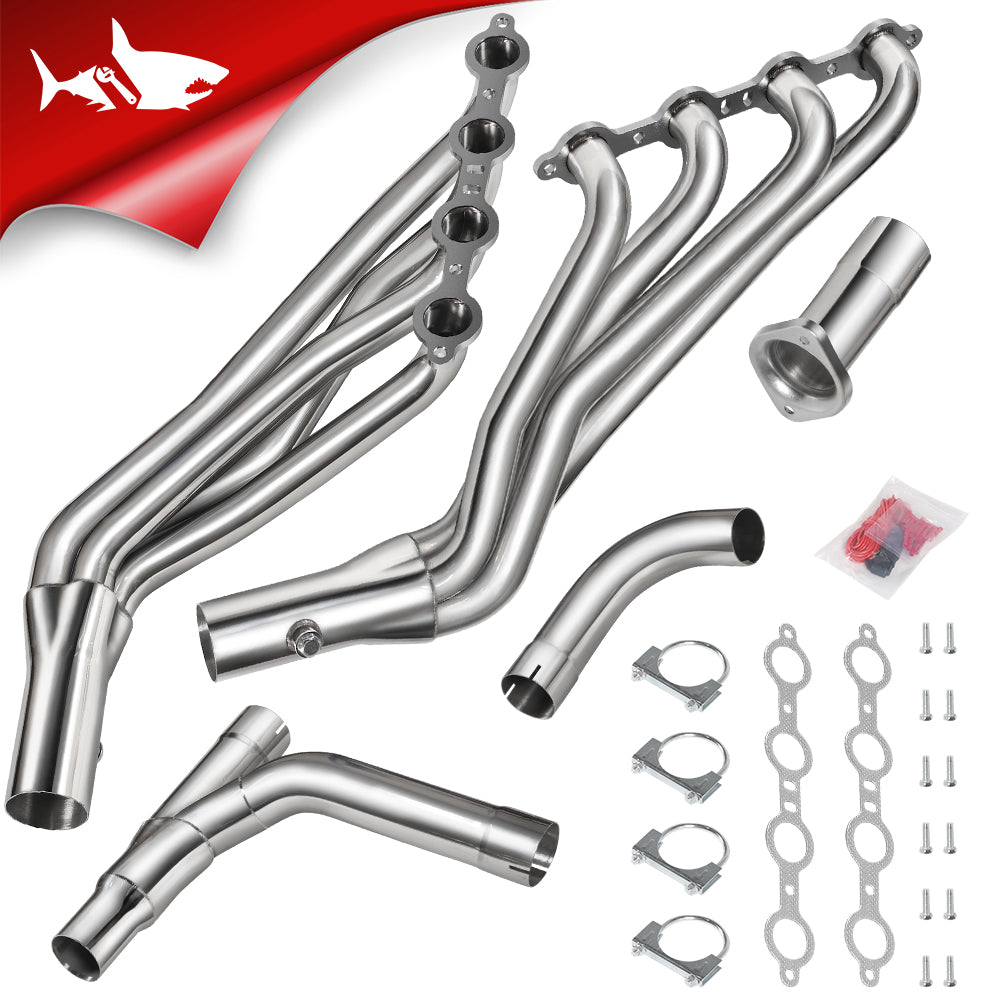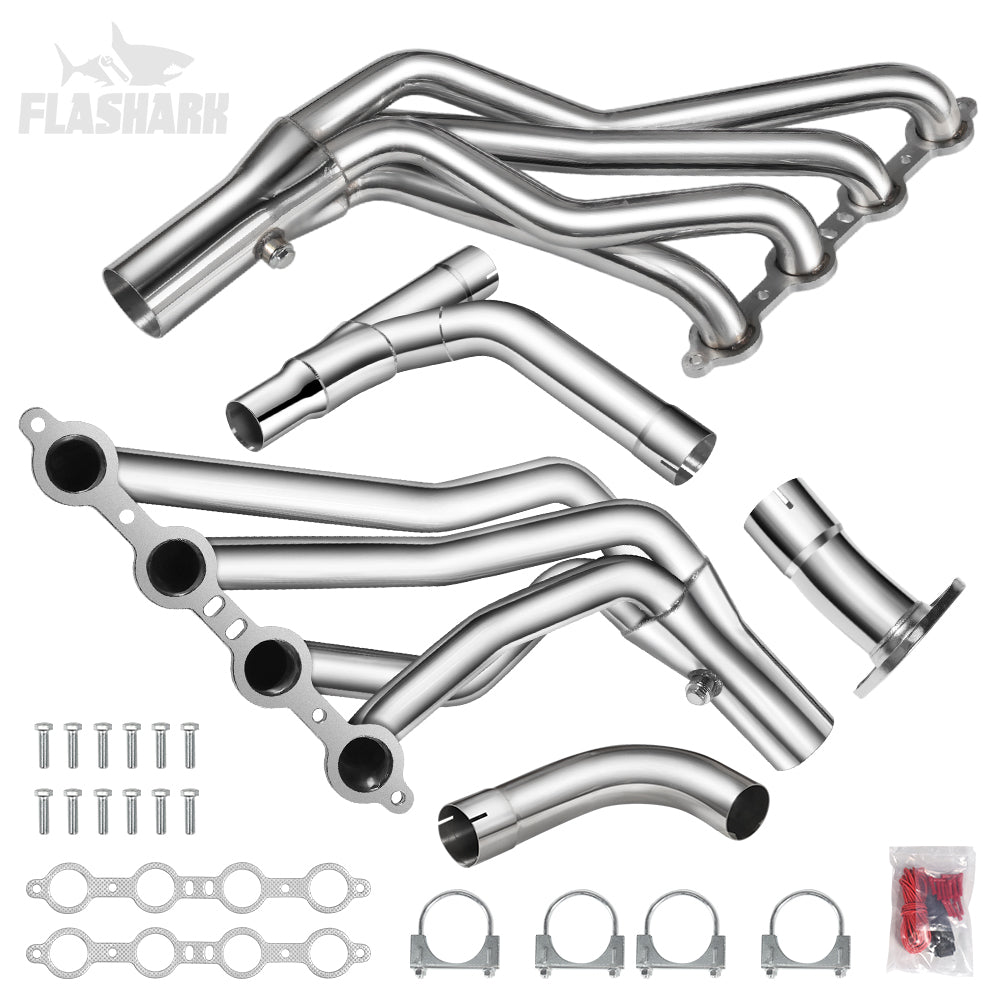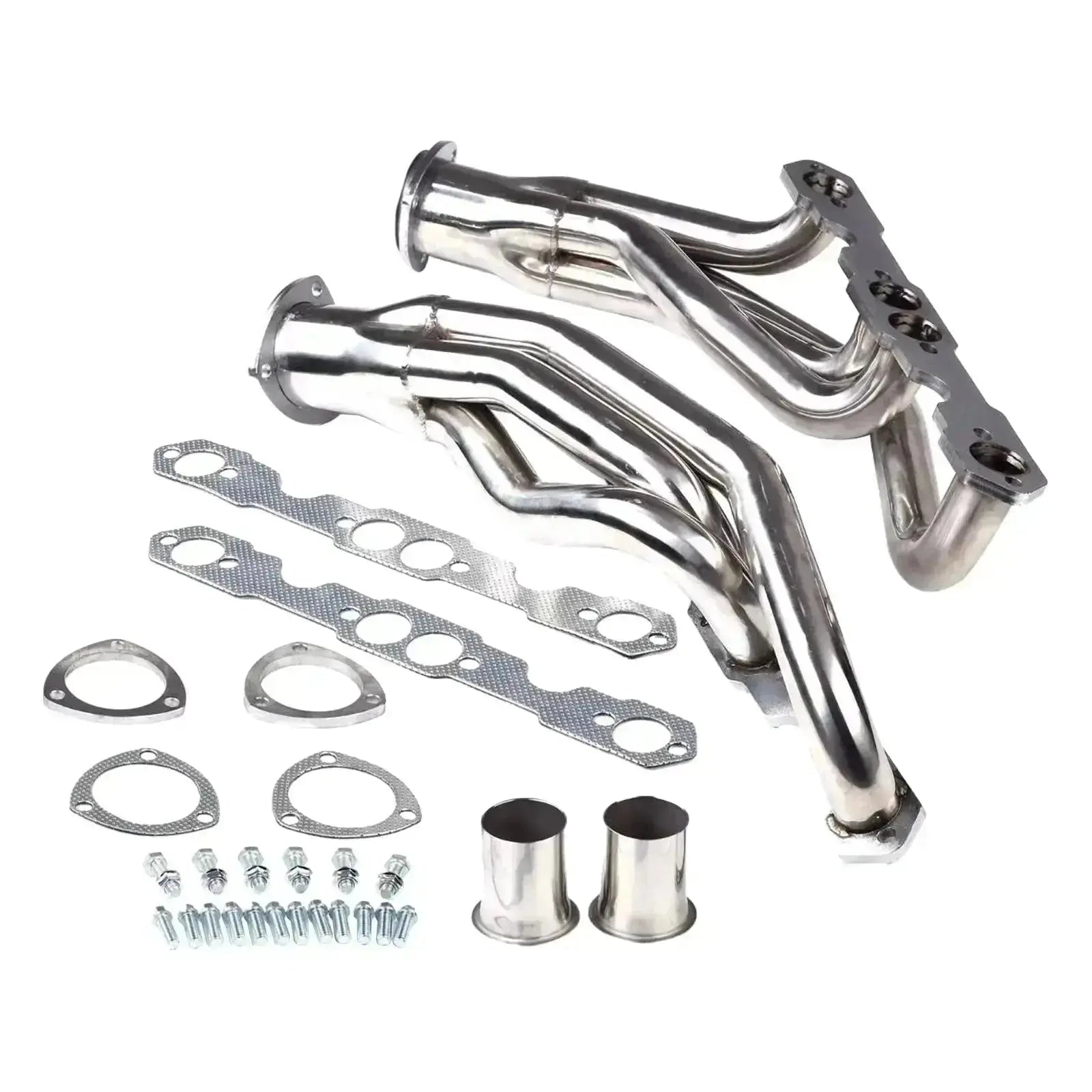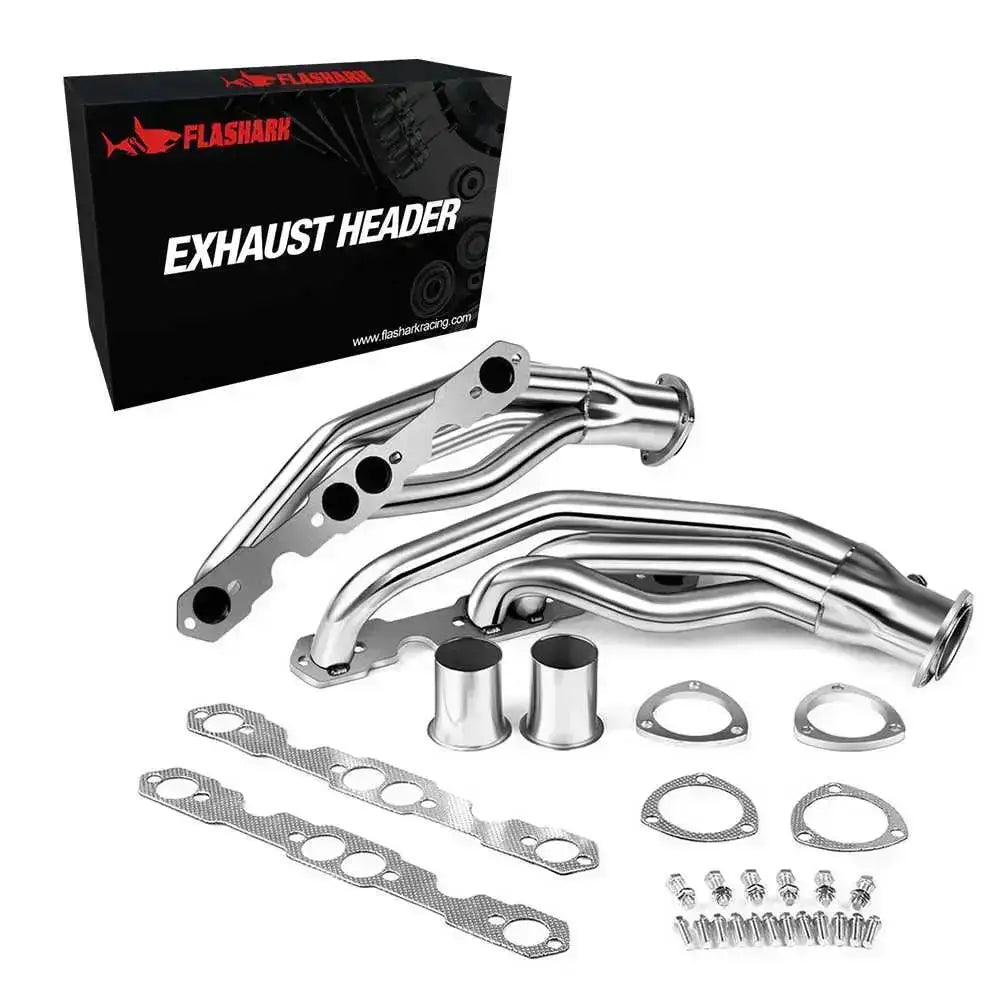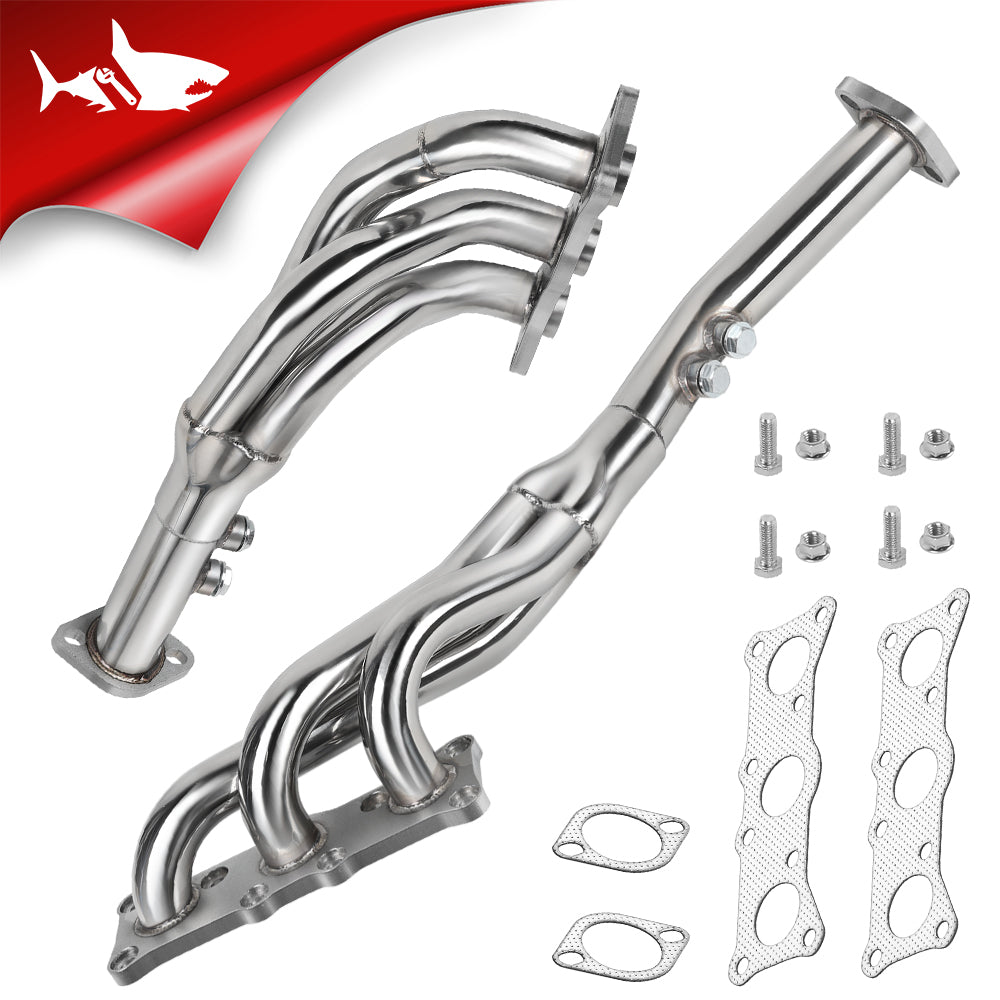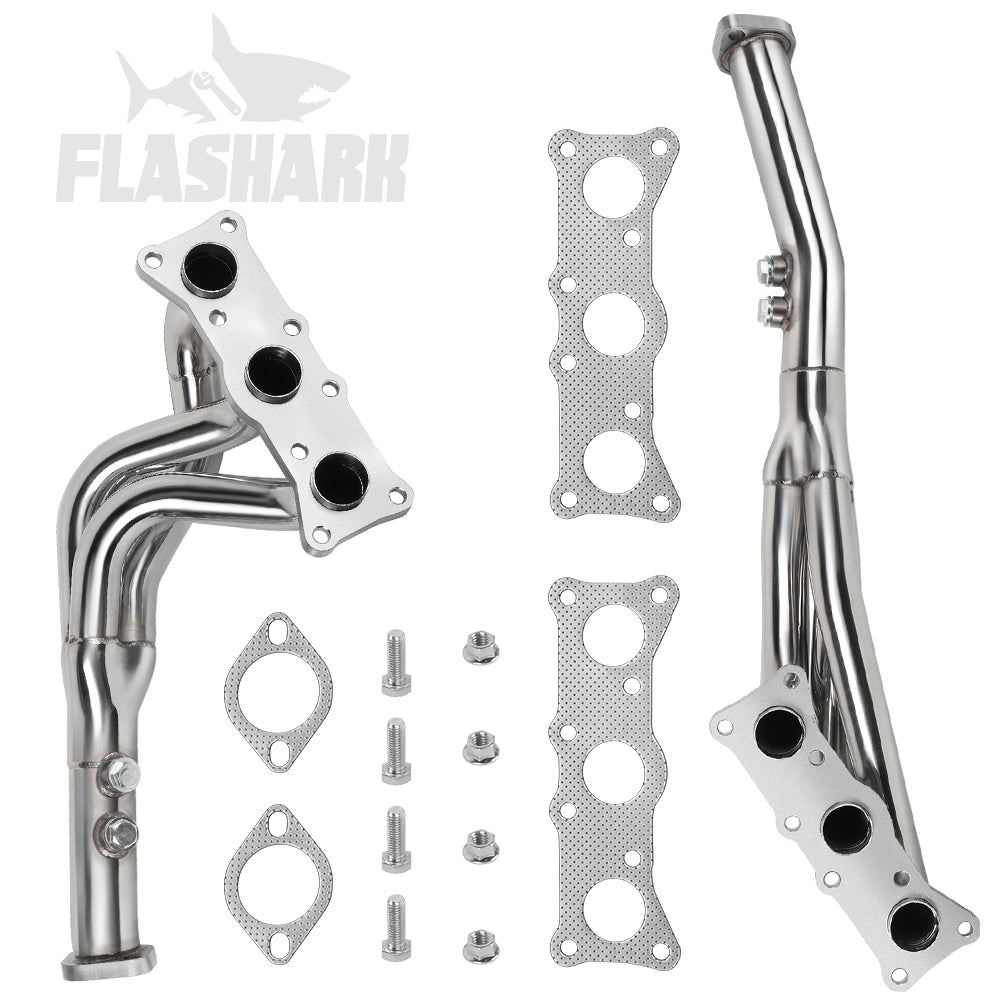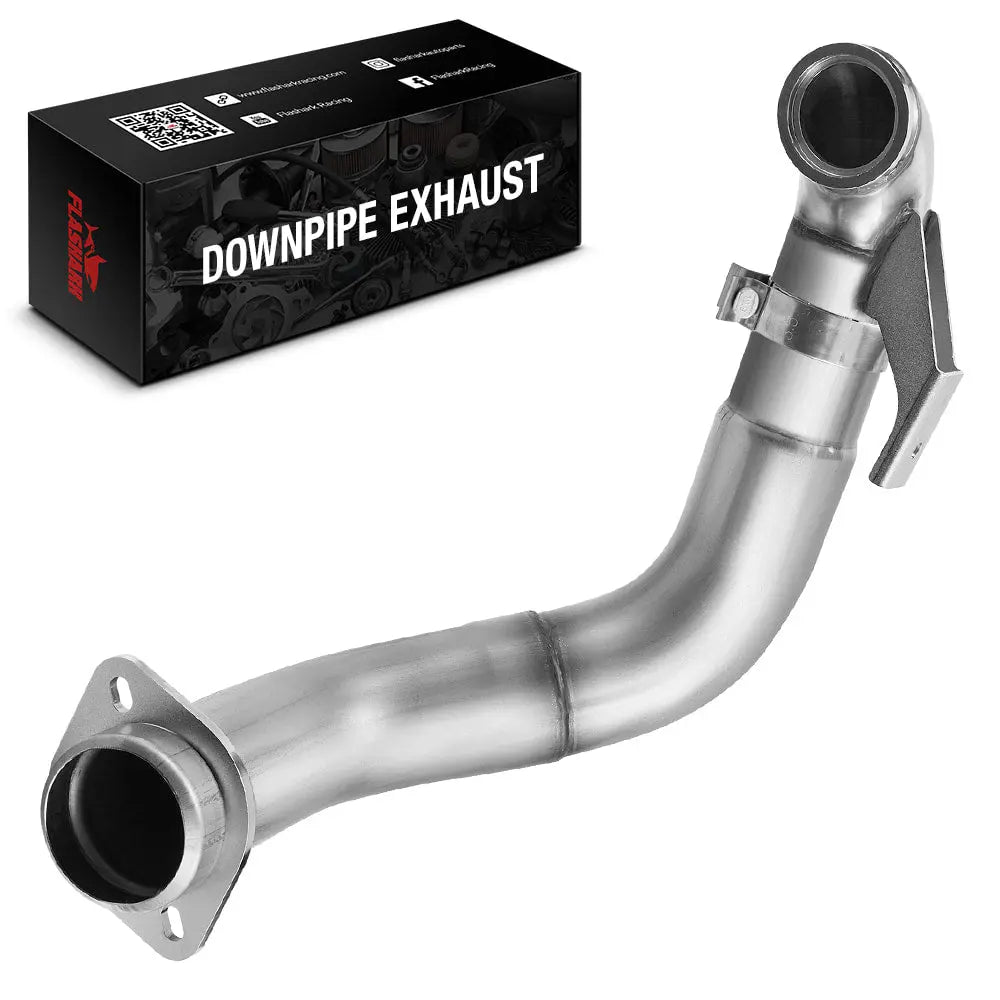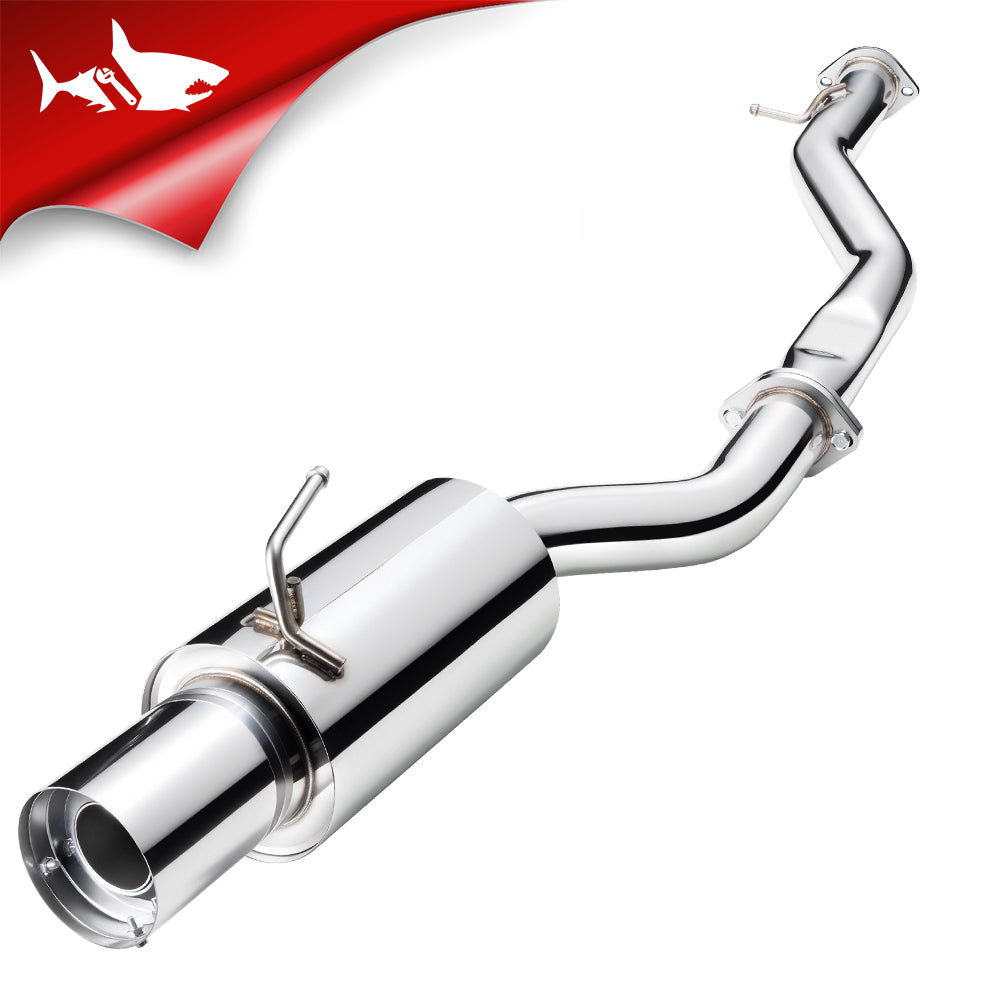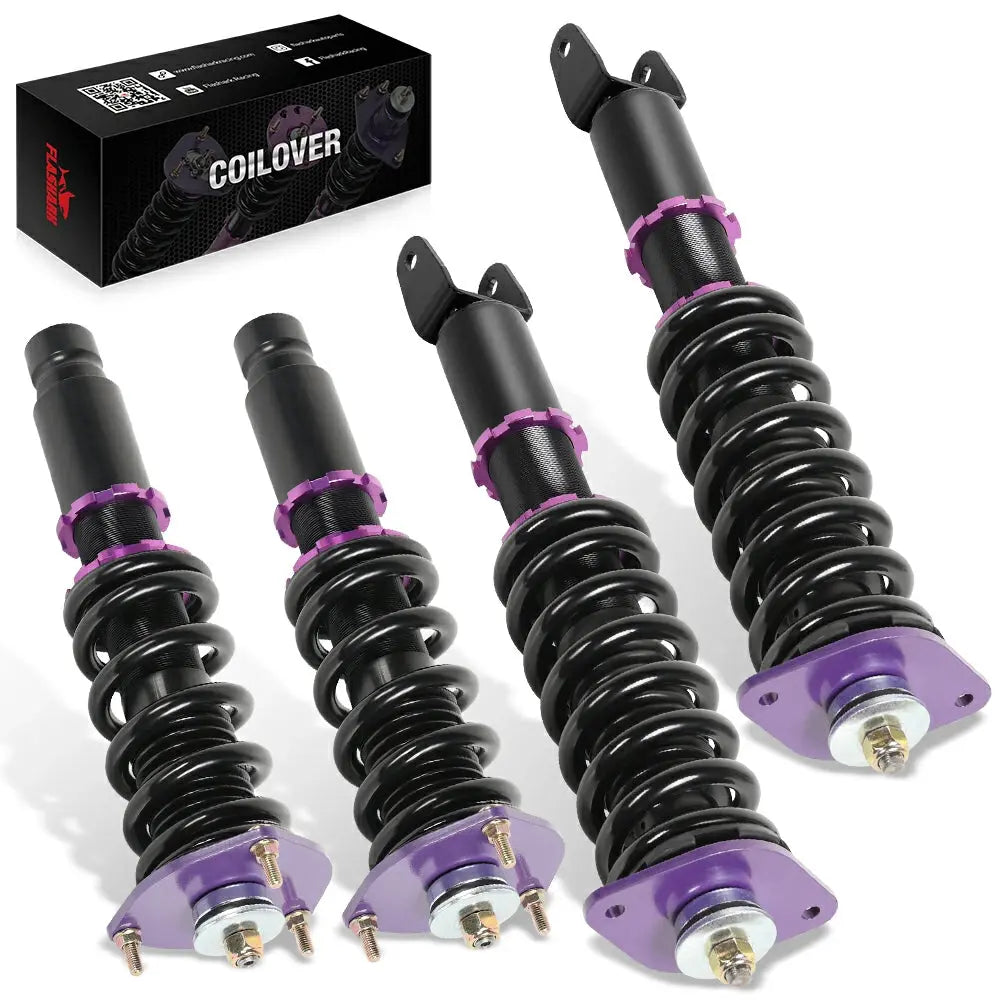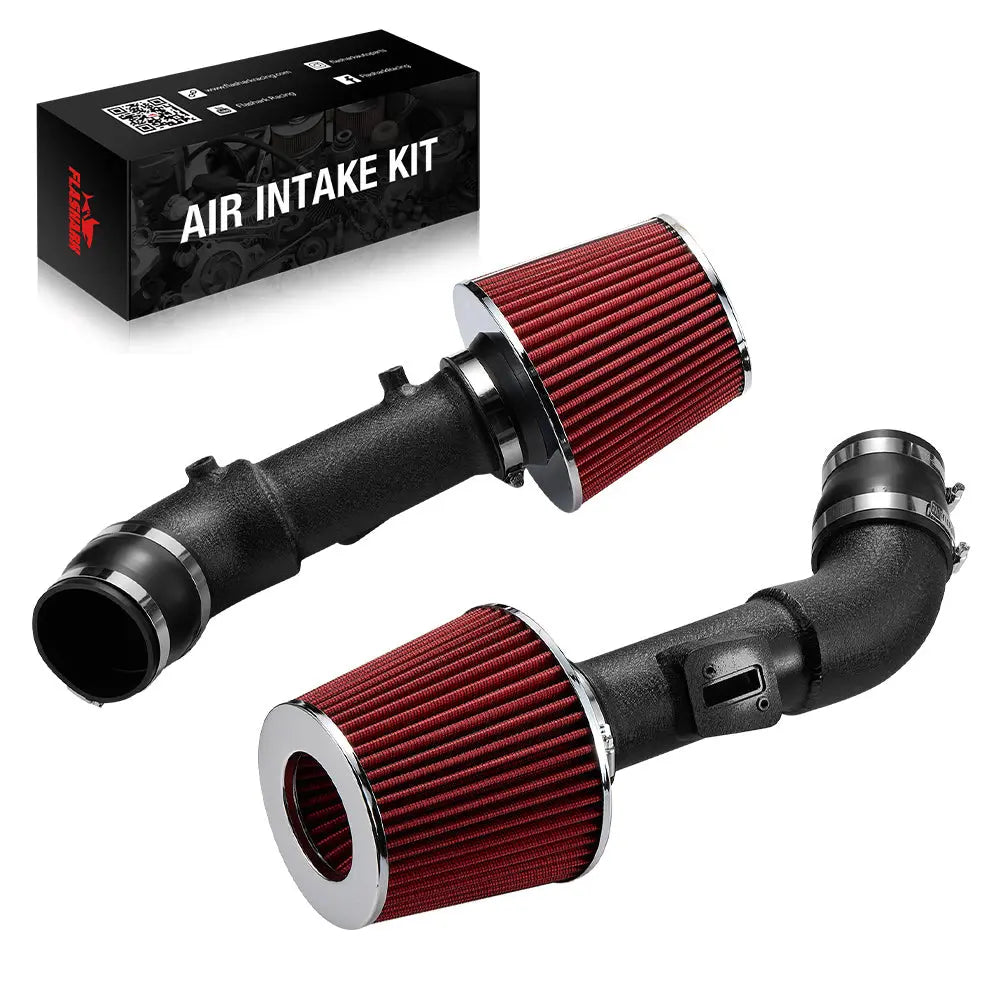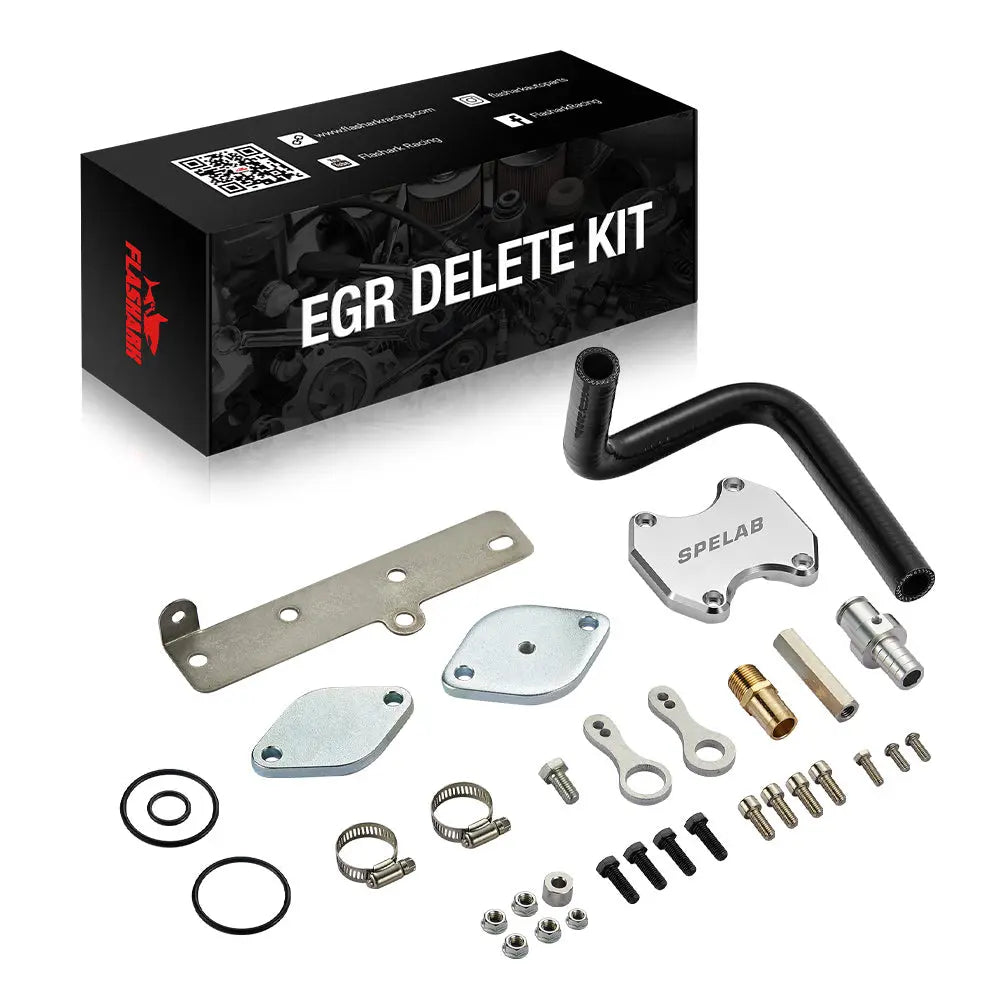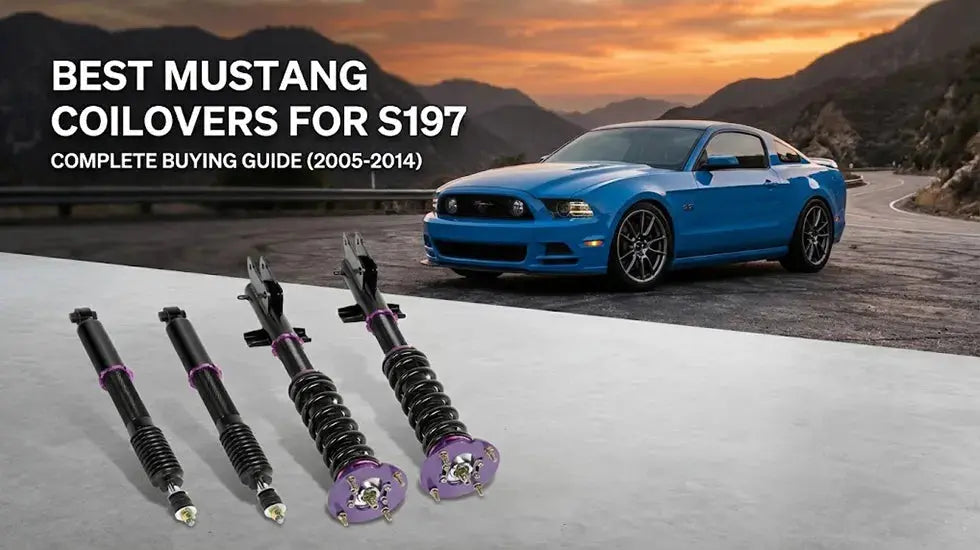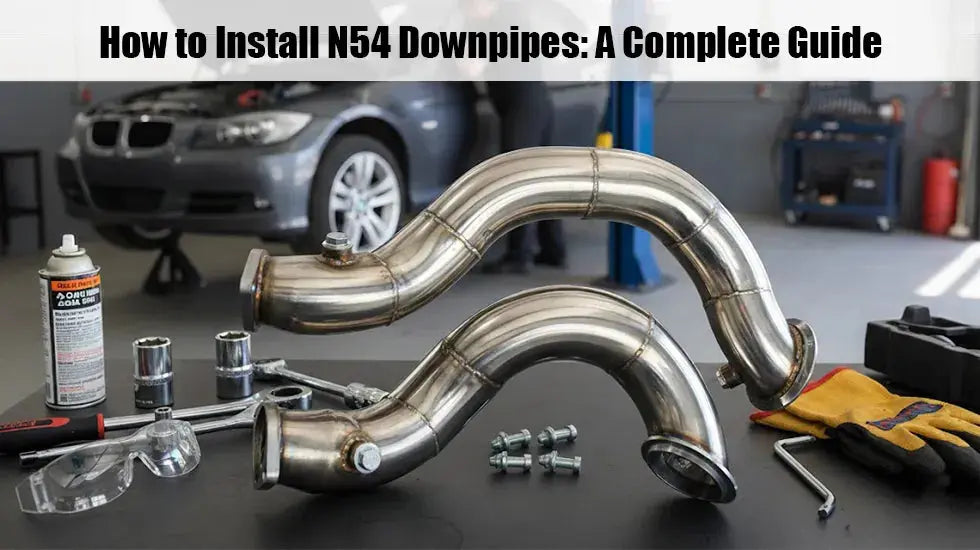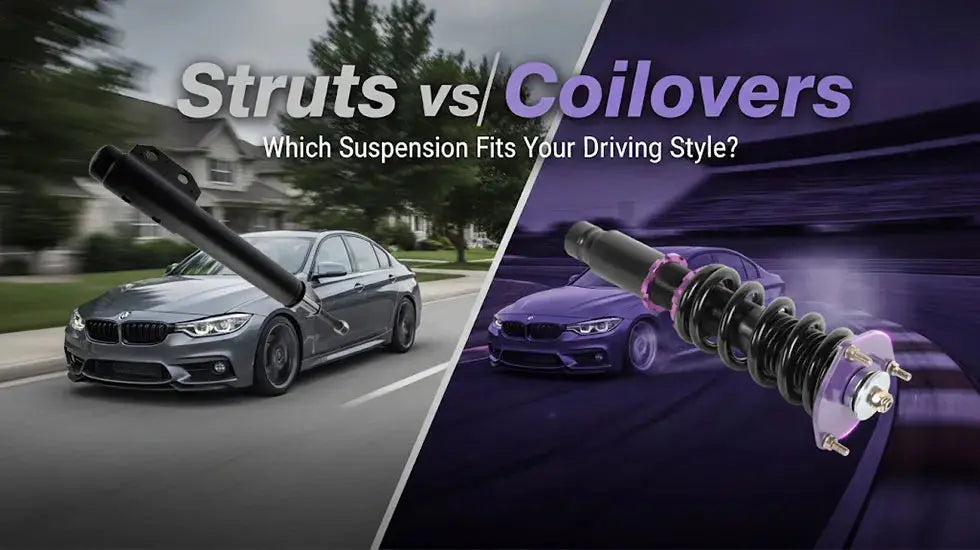Si buscas mejorar el manejo de tu auto, reducir su altura o lograr una postura más agresiva, los coilovers suelen ser la mejor opción. Sin embargo, las ventajas de la suspensión ajustable conllevan consideraciones importantes, una de las más significativas es la caída (camber). Al bajar la altura de tu auto con coilovers, la alineación de las ruedas cambia y la caída (el ángulo de las ruedas con respecto al suelo) suele volverse más negativa. Pero ¿cuánta caída ofrecen realmente los coilovers? ¿Es suficiente para tus necesidades de conducción?
En este artículo, exploraremos cómo los coilovers afectan la caída, si necesitas un kit de caída y cómo ajustarla eficazmente. Tanto si eres nuevo en mejoras de suspensión como si eres un aficionado a los coches con experiencia, comprender la relación entre los coilovers y la caída es crucial para sacar el máximo provecho de tu configuración.
Comprensión de la inclinación y los coilovers
Al modificar la suspensión de un coche, uno de los elementos clave a comprender es la inclinación (camber), el ángulo de inclinación de las ruedas respecto al suelo. Un vehículo con una inclinación negativa tendrá la parte superior de las ruedas inclinada hacia adentro, mientras que una inclinación positiva las inclina hacia afuera. La inclinación influye directamente en la maniobrabilidad, el desgaste de los neumáticos y el rendimiento general de la conducción.

Los coilovers son una mejora popular en la suspensión, ya que permiten ajustar la altura de la suspensión y, en algunos casos, la inclinación. Sin embargo, tras instalarlos, muchos conductores se preguntan: ¿cuánta inclinación ofrecen? La respuesta depende de varios factores, como cuánto se baja el coche y si los coilovers tienen ajuste de inclinación integrado.
Cómo los coilovers impactan la inclinación
La principal razón por la que los coilovers afectan la caída se debe al cambio de altura de la suspensión. Al bajar la altura del coche con coilovers, la geometría de la suspensión cambia, lo que puede generar naturalmente una caída más negativa. Esto es especialmente notable en vehículos con una caída significativa.
Generalmente, cuanto más se baja el coche, mayor es la caída negativa. Por ejemplo, bajar el coche entre 2,5 y 5 cm podría resultar en una caída negativa de entre 1 y 2 grados. En casos extremos, especialmente con una reducción drástica, la caída podría superar los 3 grados. Es importante entender que esto es una consecuencia natural de la modificación de la suspensión.
Si desea ajustar la altura de manejo específicamente para su Lexus, puede encontrar útil esta guía Cómo ajustar la altura de manejo trasera de su Lexus: una guía paso a paso para aprender cómo los ajustes de la suspensión afectan la inclinación y cómo realizar cambios precisos.
Cómo ajustar la inclinación de los amortiguadores tipo coilover
Muchos amortiguadores modernos permiten ajustar la altura de la suspensión y, a veces, incluso la inclinación. Ajustar la inclinación de los amortiguadores puede ayudarte a optimizar la configuración de la suspensión para equilibrar el rendimiento y el desgaste de los neumáticos.
-
Placas de inclinación : Algunos amortiguadores coilover incluyen placas de inclinación que permiten ajustes precisos de la inclinación. Estas suelen instalarse en la parte superior del conjunto de amortiguadores, lo que ofrece mayor control sobre el ángulo de inclinación.
-
Diseños de coilovers ajustables : Algunos coilovers de alta gama también ofrecen ajustes de caída directamente en el cuerpo del amortiguador o mediante ajustes en el brazo de control inferior. Estas configuraciones ofrecen mayor flexibilidad para ajustar la caída según sus necesidades específicas.
Es fundamental revisar la alineación de su auto regularmente después de realizar estos ajustes. Una alineación correcta garantiza un manejo correcto del vehículo y minimiza el riesgo de desgaste irregular de los neumáticos.
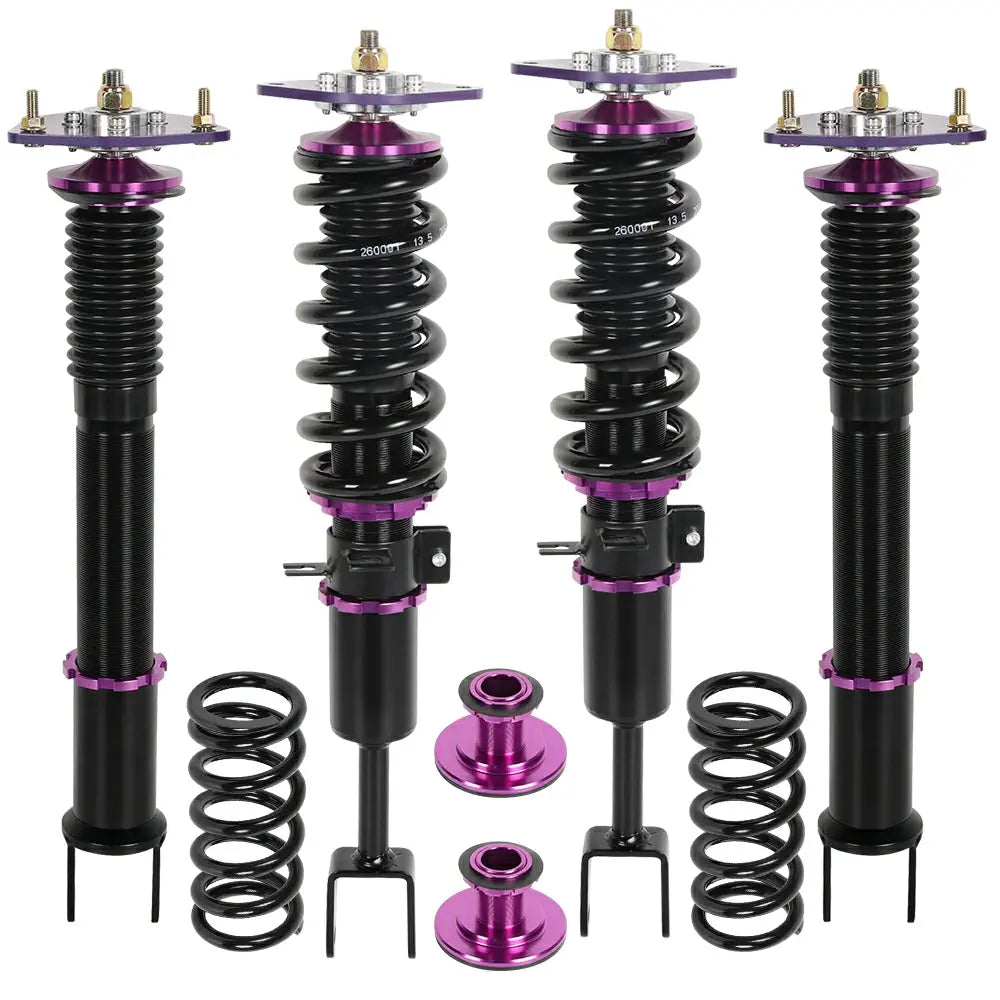
Amortiguadores tipo coilover para Nissan 350Z Z33 2003-2008 (4 unidades)
Los amortiguadores helicoidales Flashark para Nissan 350Z Z33 2003-2008 (morados) ofrecen altura y caída ajustables con soportes de rótula, lo que elimina la necesidad de un kit de caída independiente. Mejore el manejo y el rendimiento de su vehículo con estabilidad y comodidad superiores.
Precio: $339.99
Comprar ahora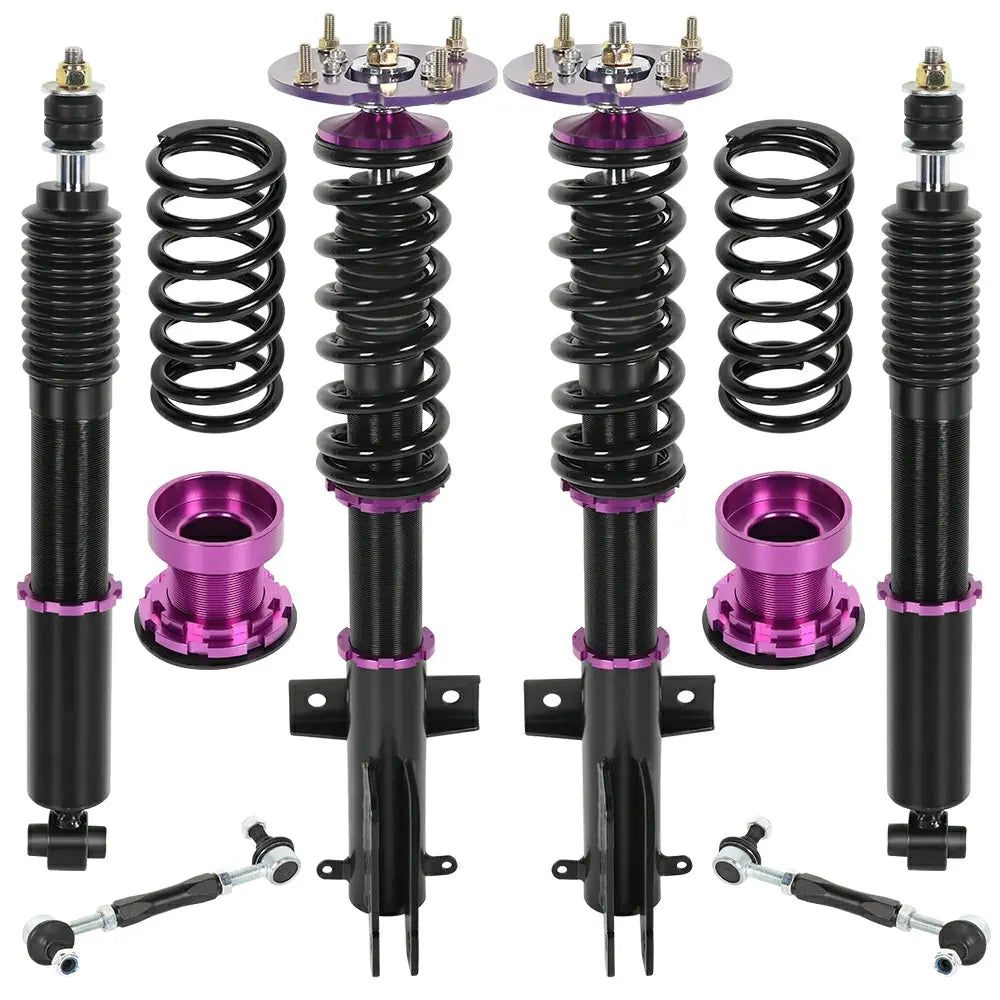
Amortiguadores tipo coilover para Ford Mustang 2005-2014 (4 unidades)
Los amortiguadores tipo coilover Flashark para Ford Mustang 2005-2014 (morados) ofrecen altura y caída ajustables con soportes de rótula. Mejoran el manejo de tu Mustang, reducen el balanceo de la carrocería y disfrutan de una conducción suave y reactiva con 24 niveles de ajuste de amortiguación.
Precio: $379.99
Comprar ahora¿Necesita un kit de inclinación con amortiguadores coilover?
Aunque muchos amortiguadores coilover permiten ajustar la inclinación, en algunos casos podría ser necesario un kit de inclinación. Este kit es una modificación independiente que ofrece un ajuste adicional de la inclinación, a menudo necesario cuando los amortiguadores coilover por sí solos no ofrecen suficiente autonomía, especialmente después de bajar considerablemente el coche.
-
Cuándo considerar un kit de inclinación : Si está bajando su auto significativamente (más de 5 cm), el cambio de inclinación podría ser demasiado drástico para solucionarlo solo con amortiguadores. En tales casos, un kit de inclinación puede ayudar a que las ruedas vuelvan a su rango óptimo de alineación, evitando problemas de desgaste de los neumáticos y mejor manejo.
-
Coilovers vs. Kits de Caída : Si bien los coilovers están diseñados principalmente para ajustar la altura de la suspensión y la amortiguación, un kit de caída se centra en corregir los problemas de alineación que puedan surgir tras una modificación de la suspensión. Si planeas conducir agresivamente o competir, un kit de caída suele ser una buena inversión.
Para aquellos que buscan comprender mejor cómo una amortiguación más dura afecta la calidad del viaje y el toque de fondo, recomendamos leer ¿Cómo una amortiguación más dura de coilovers afecta el toque de fondo?, que profundiza en los ajustes de la suspensión y sus efectos en la comodidad del viaje.
Ventajas y desventajas de los ajustes de inclinación con amortiguadores coilover
Ajustar la inclinación de los amortiguadores coilover puede tener ventajas y desventajas. Comprender las ventajas y las posibles desventajas es importante al decidir si ajustar la inclinación.
Beneficios :
- Maniobrabilidad mejorada : La caída negativa mejora la capacidad de paso por curva, permitiendo que el neumático mantenga un mejor contacto con la carretera durante las curvas. Esto es especialmente beneficioso para los coches de circuito.
- Personalización : Los coilovers con opciones de ajuste de inclinación le permiten marcar la configuración exacta que se adapta a su estilo de conducción, ya sea que esté buscando comodidad en la calle o rendimiento listo para la pista.
Desventajas :
- Desgaste de los neumáticos : Una de las principales desventajas de aumentar la inclinación negativa es el desgaste desigual de los neumáticos. Cuando las ruedas están demasiado inclinadas, el borde interior de los neumáticos puede desgastarse más rápido que el exterior, lo que puede acortar su vida útil.
- Comodidad al conducir : Los ajustes excesivos de inclinación a veces pueden afectar la calidad del manejo, en particular en automóviles que están rebajados más por la apariencia que por el rendimiento.
Comba óptima para diferentes usos:
- Conducción en la calle : para la conducción diaria, una inclinación negativa leve de alrededor de 1 a 2 grados suele ser suficiente para mejorar el manejo sin provocar un desgaste excesivo de los neumáticos.
- Uso en pista : para carreras o eventos en pista, puede ser preferible una inclinación más agresiva de 3 a 4 grados para maximizar el agarre en las curvas.
Cómo lograr la configuración de camber correcta con amortiguadores coilover
En resumen, la inclinación que ofrecen los coilovers depende en gran medida de cuánto se baje el coche. Si bien muchos coilovers introducen cierto grado de inclinación negativa, se puede ajustar con placas de inclinación o kits adicionales. Comprender cómo ajustar la inclinación y saber cuándo es necesario un kit puede ayudarle a optimizar la maniobrabilidad, el desgaste de los neumáticos y el rendimiento general de su vehículo.
Ya sea que busque una caída sutil o una configuración de suspensión orientada al rendimiento, ajustar la inclinación es esencial para personalizar su auto según sus necesidades. Las revisiones de alineación y el mantenimiento regulares le garantizarán el máximo rendimiento de su configuración de coilovers, manteniendo su auto en óptimas condiciones.


